
 Sport fyrir konur
Sport fyrir konur Sport fyrir karla
Sport fyrir karla Sport fyrir börn
Sport fyrir börn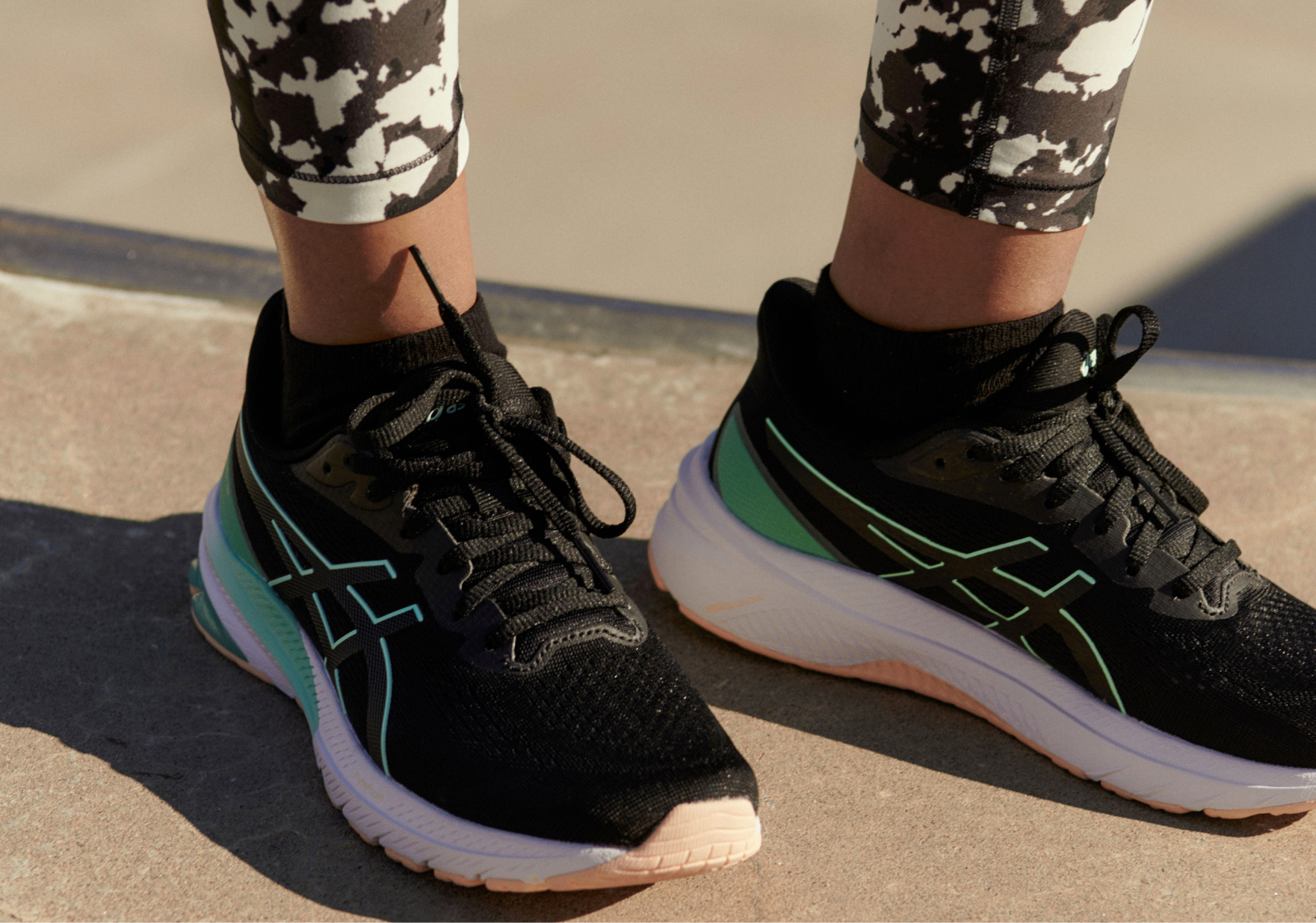
Finding the right running shoes that match your feet perfectly can be tricky. Here we give you the top tips on how to choose the right ones to suit you.
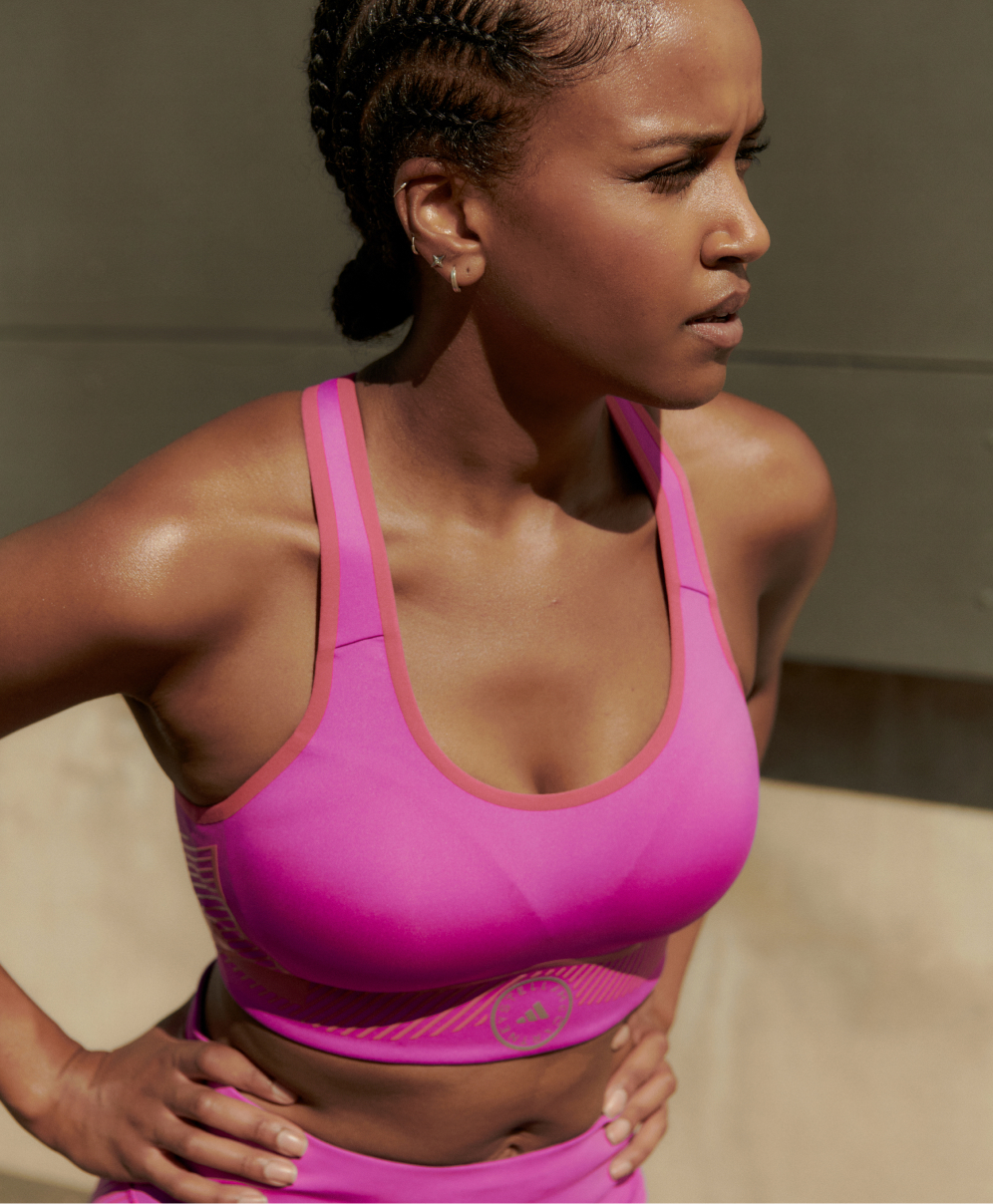
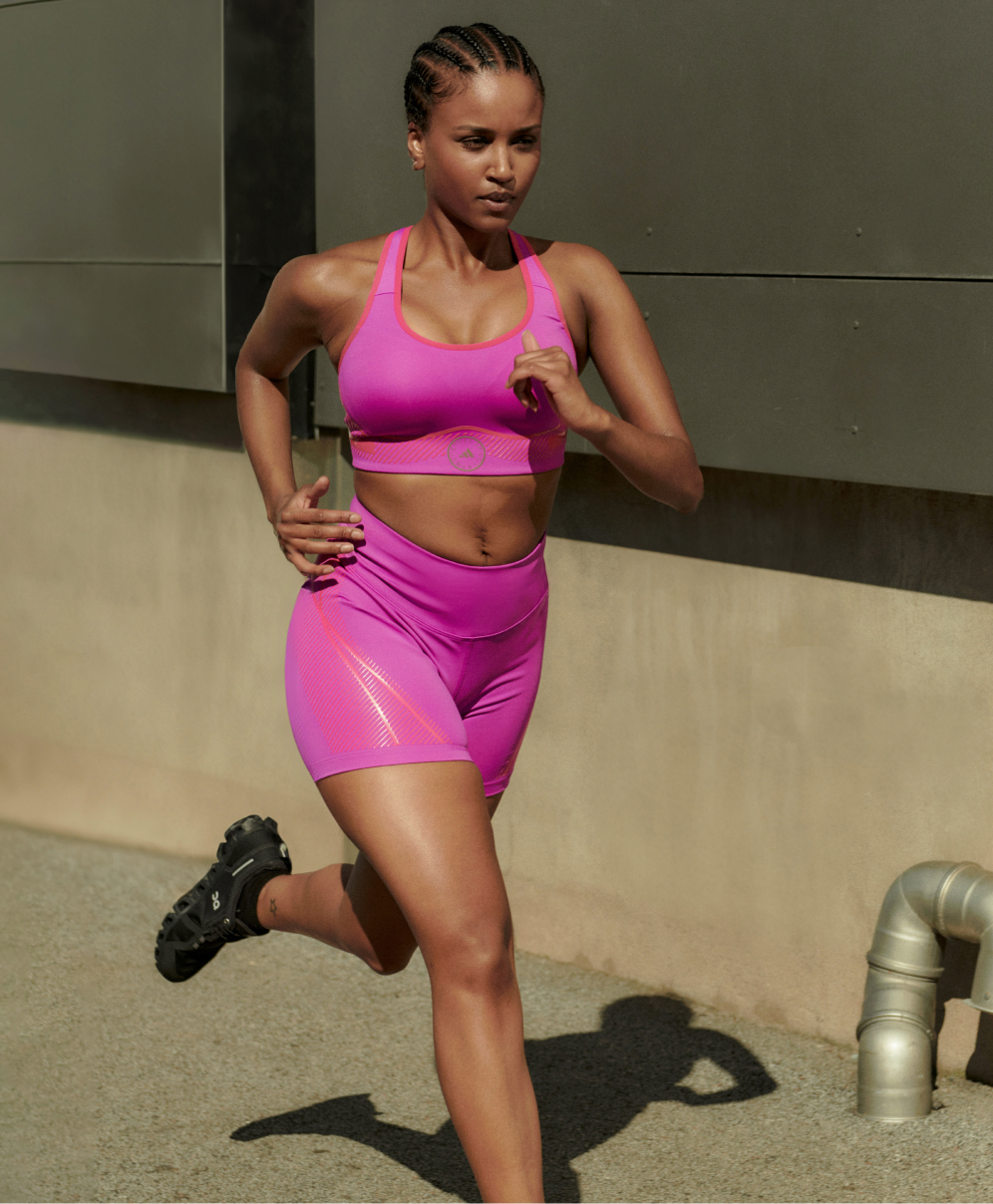
Buying running shoes online isn’t easy, but by carrying out one simple test you can eliminate a lot of the guesswork that goes into finding the correct model that’s comfortable and suitable for your feet. The ‘Cardboard Test’ will not only help you understand your feet better but will help you figure out whether you’re a pronated, supinated, or neutral runner. Everyone’s feet is different and shoes on the market are designed to reflect that, so by carrying out this super simple test, you’ll be able to make a more informed decision the next time you treat yourself to some new running shoes.
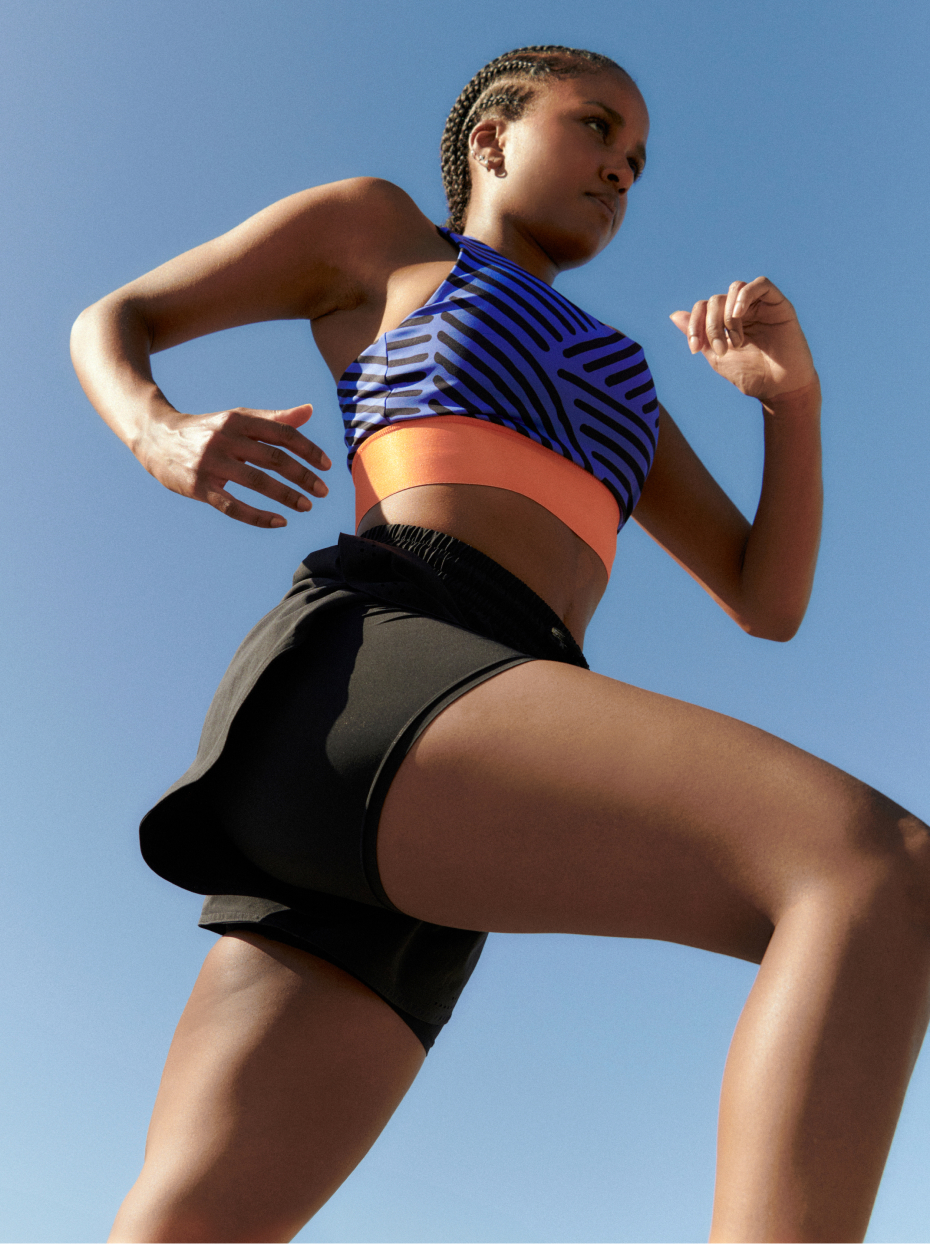

What you’ll need: 2 pieces of cardboard, big enough for you to make a footprint in. A pan of water, filled up just enough to get the bottom of your feet wet.
How to carry out the Cardboard Test:
1. Step into the pan of water with one foot, dipping just enough to get the bottom of your foot wet.
2. Carefully remove your foot from the pan and step directly onto your piece of cardboard. Make sure you put your weight on that foot so you can get a true understanding of how your foot impacts the ground when you’re out running.
3. Lift your foot directly up and away from the cardboard, then take a photograph of your footprint so you can reference it later.
4. With your other foot, repeat the process on your second piece of cardboard.
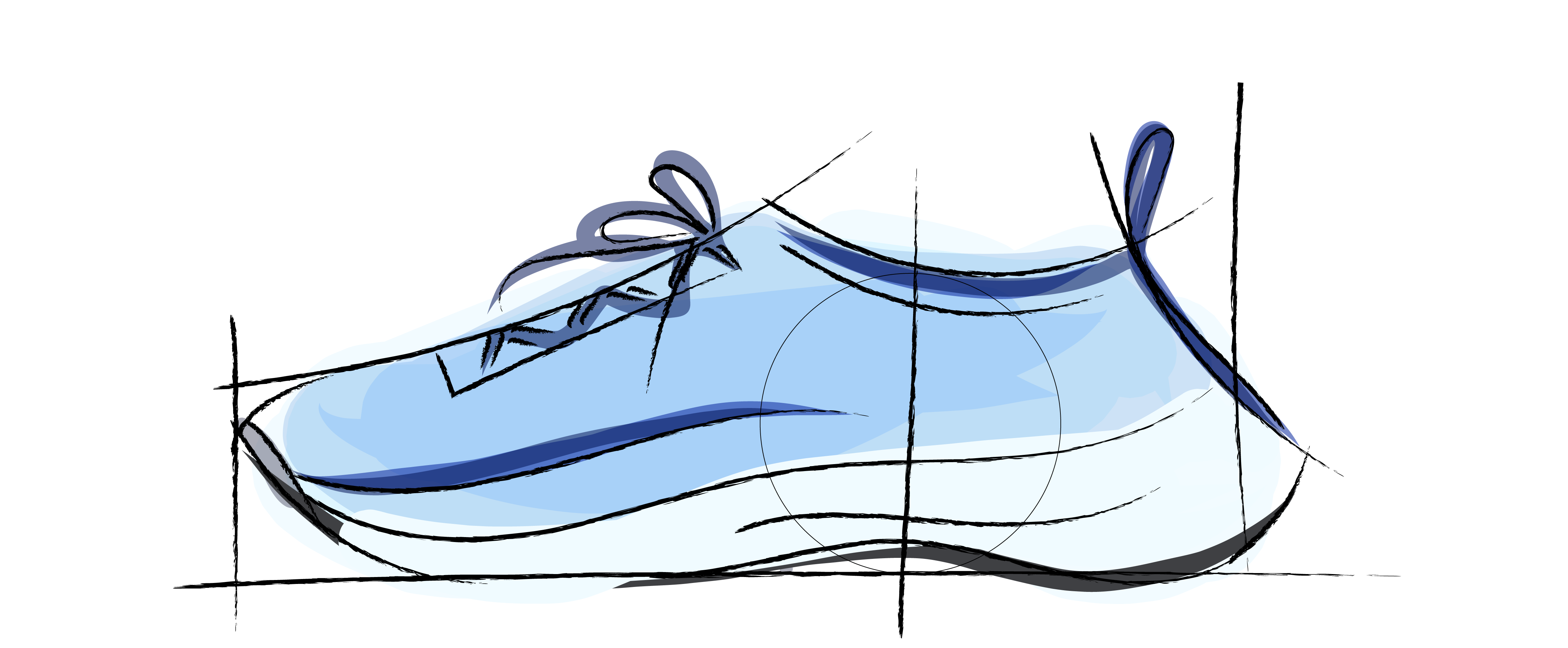
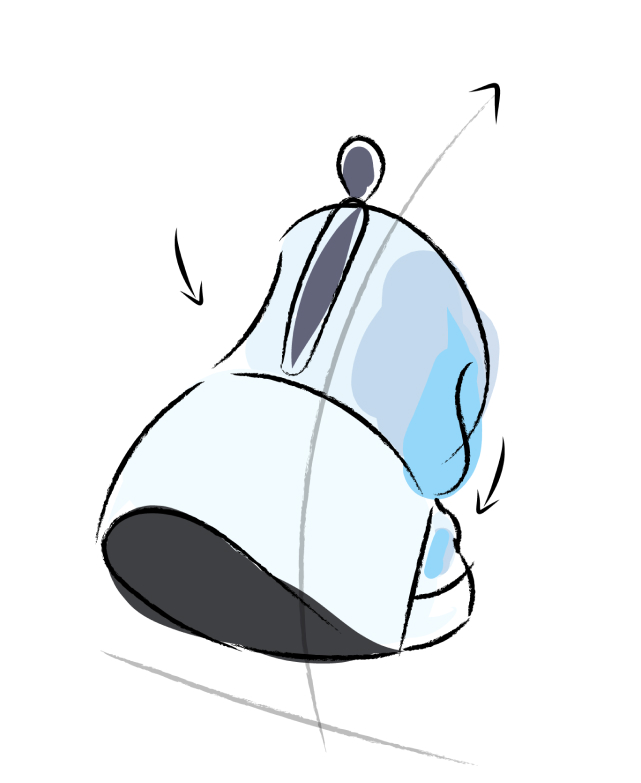
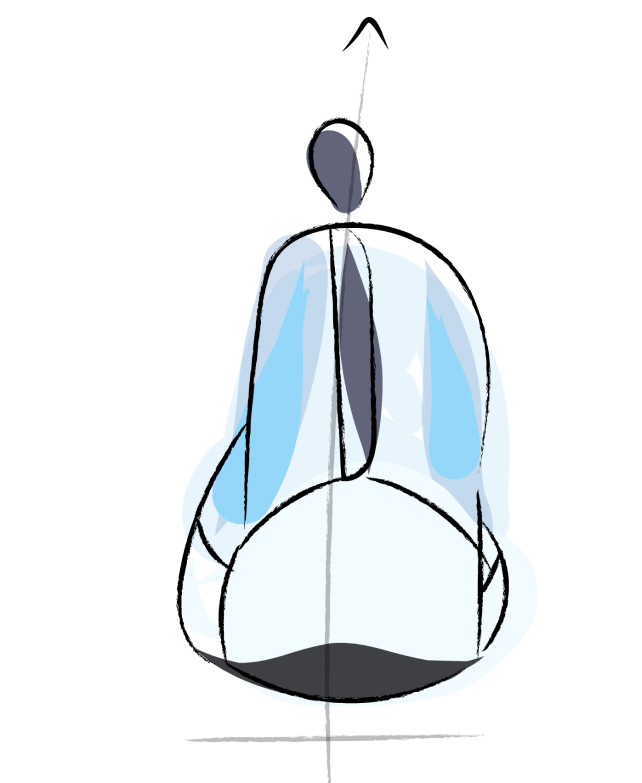
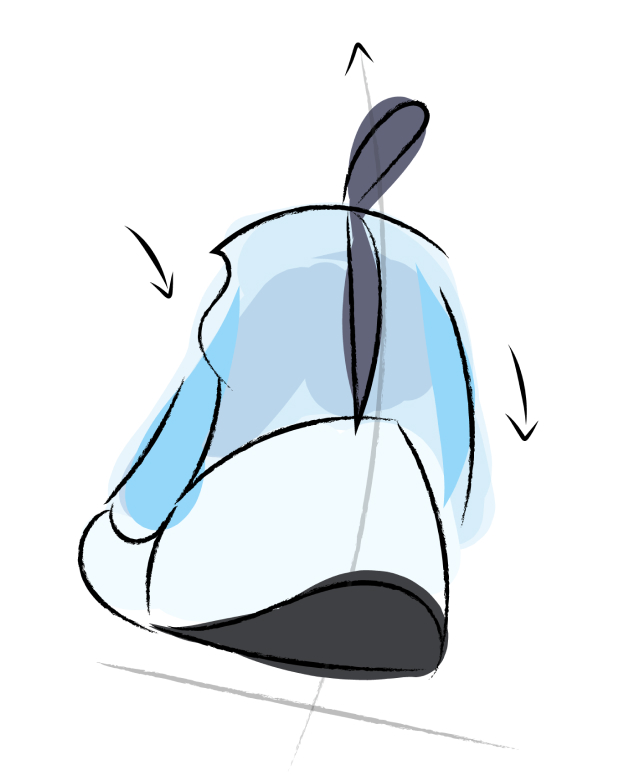
Overpronation is a common problem for runners; however, it’s easy to find shoes with proper support that prevent overpronating from causing injuries and pain. Pronators leave a flatter footprint than neutral or supinated runners, meaning your arch collapses inwards. This causes your ankle to roll excessively and can lead to aching, discomfort, and injuries that could ultimately prevent you from running at all. While pronating means that your feet naturally absorb a lot of shocks when you run, overpronating, in particular, can cause damage to your knees and the plantar fascia ligaments that stabilise your feet and act as your natural shock absorbers. By choosing a pronation shoe that stabilises and corrects your gait, you can prevent this excessive rolling and protect your body, as well as promote a more comfortable running experience that is less likely to lead to injuries.
Neutral runners leave a footprint that is about half as wide in the middle of the foot as it is at the toes. This means that the arch of your foot is naturally the correct height to absorb shock and distribute your weight healthily and efficiently without leading to discomfort, injuries, and excessive wear on your joints. While this doesn’t mean you can go out running with just any type of shoe on your foot, you don’t need the same level of arch support required by pronators and supinators to maintain a healthy gait cycle. Choosing a neutral shoe that has more balanced support across the sole of the shoe allows your plantar fascia ligaments to naturally absorb shock for you, just as nature intended.
Supinators leave a particularly thin footprint, showing mainly the heel, the ball of the foot, and toes without much of the middle of your foot making contact with the cardboard. Supination is the opposite of pronation, meaning that you have particularly high arches that make it harder for your feet to naturally absorb shock when running. Rather than causing your ankle to roll inwards like a pronated runner, supinators place more weight on the outside of the feet, which in many cases could lead to severe pain, injuries to the joints, and even stress fractures in extreme cases. By choosing a neutral running shoe that’s heavily cushioned, a supinator can correct their gait, support their feet, and prevent the pain and discomfort that comes with having especially high arches.
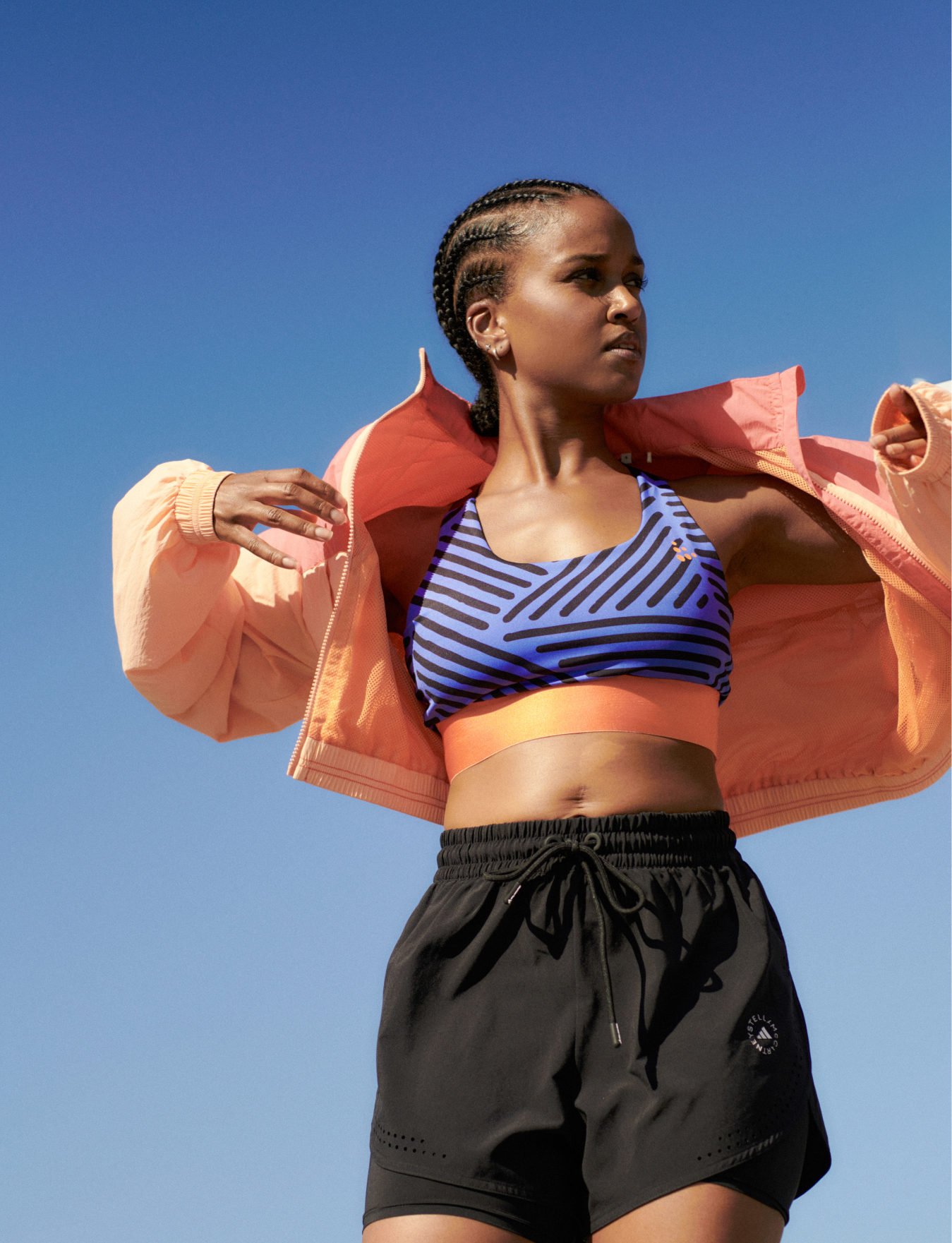
As well is the right running shoes, you need the right clothes to hit the track. Here’s what we consider running hero’s for whenever you go out for a run, weather dependent of course.
Shop now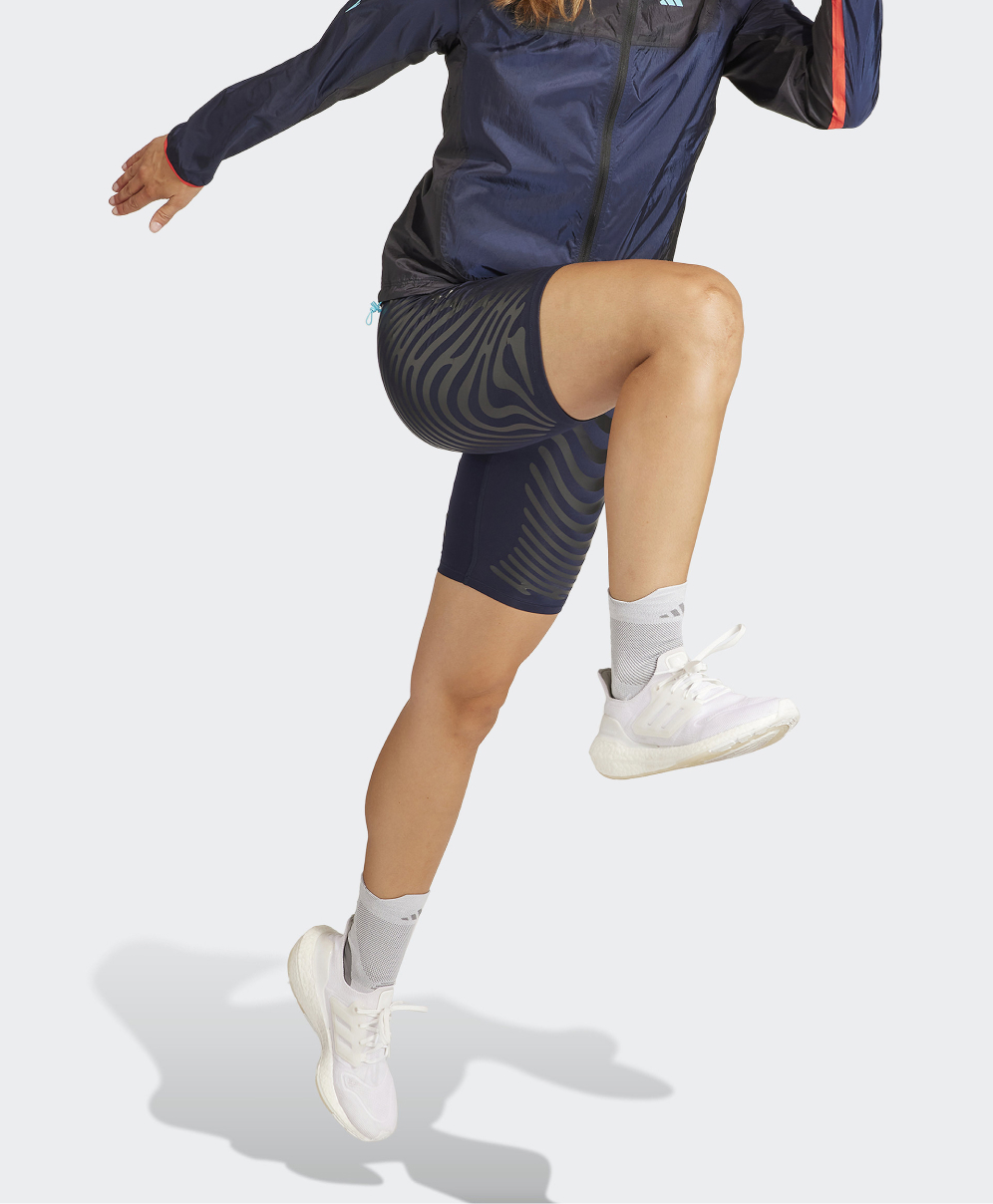
If you’ve never run before or have only done it a bit, here are some top tips get to you started.
+ One of the best ways to start running is to walk as walking strengthens the muscles and tendons so that they can handle the impact of running. Don’t rush this. Start by gradually building up to 30 minutes of brisk walking two to four times a week. This should take about two weeks. Then, switch to a run-walk, alternating between five minutes of running and one minute of walking. Maintain the cycle for 30 minutes up to four times a week for three weeks. Then, if this feels good, shift to 30 minutes of continuous running. Remember to be patient, as increasing time or speed too quickly can lead to frustration or injury. Fast running puts added stress on musculoskeletal system, ligaments, tendons, and other connective tissue, so you must develop your endurance before you work on your speed.
+ There is no correct way to run, and everyone runs differently. The key is to stay relaxed and run tall. Good posture puts less stress and impacts on joints, reducing injury risk and increasing efficiency, meaning you run longer with less exertion. While running, keep your chest up and your shoulder down. Your feet should be underneath your hips, positioning your body in a straight line from your head to your toes. Avoid leaning forward from the waist as this can tax your lower back and keep your hands unclenched to prevent unnecessary tension. Tuck your elbows into your waist so your arms will naturally move forward and back. Energy is wasted if your arms swing across your body. Finally listen to your footfalls, if they sound heavy, try landing more softly.